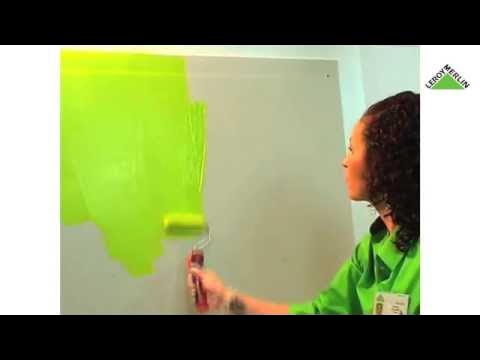Tips Pasang Gips: Fraktur Ankle
Summary
TLDRThis tutorial demonstrates the step-by-step process of applying a plaster cast for an ankle fracture. It covers essential materials, including plaster bandages, crepe bandages, and padding, and provides tips for effective and comfortable application. Key instructions include proper immobilization techniques, the correct method for soaking the plaster, and how to achieve a smooth and secure cast. The video emphasizes ensuring patient comfort and safety, checking for neurovascular integrity, and offers a helpful reminder about keeping the cast dry. Additionally, viewers are introduced to Alomedica, an e-learning platform for medical professionals.
Takeaways
- 😀 Use cold water when preparing plaster bandage to avoid excessive heat during the exothermic reaction.
- 😀 It is recommended to have two people assist with the procedure to make the application of the cast easier.
- 😀 Prepare the padding by measuring from just below the popliteal fossa to the tip of the big toe, and cut it in a triangular shape to reduce bulk and improve patient comfort.
- 😀 The padding should be wider and longer than the plaster bandage to ensure proper coverage.
- 😀 Layer the plaster bandage (8 layers) to ensure stability and strength before cutting it according to the padding template.
- 😀 Ensure that the plaster bandage application is smooth and even, avoiding unnecessary bulk that could cause discomfort for the patient.
- 😀 Cover bony prominences, such as the ankle bones, with extra padding before applying the plaster bandage.
- 😀 When applying the plaster bandage, start at the toes and move upwards towards the popliteal fossa, ensuring proper smoothness throughout.
- 😀 Use a figure-eight pattern to wrap the lower leg, which helps prevent excessive bulk around the ankle and provides a secure fit.
- 😀 Make sure the patient’s foot is at a 90-degree angle relative to the calf to ensure proper immobilization.
- 😀 After the cast is applied, check the neurovascular status of the patient by assessing temperature, pulse, and the ability to move the toes.
Q & A
What materials are needed to apply a cast for an ankle fracture?
-You will need plaster bandage (20 cm), crepe bandage (15 cm), padding (15 cm), and cold water for the application.
Why is it important to use cold water when preparing plaster bandage?
-Cold water is used to avoid an excessive temperature increase during the exothermic reaction that occurs when the plaster bandage is hydrated.
What is the purpose of creating a template for the cast?
-The template helps ensure that the cast is shaped correctly and comfortably, particularly avoiding bulk or pressure points at the heel.
How should the padding be cut for optimal coverage?
-The padding should be cut from just below the knee to slightly past the toes, with a triangular cut at the heel to reduce bulk and discomfort.
Why is it necessary to use multiple layers of plaster bandage?
-Multiple layers (typically 8) are used to provide adequate strength and support for the cast, ensuring it is durable and secure.
What does the figure-of-eight wrapping technique help with?
-The figure-of-eight technique helps secure the cast tightly around the ankle, ensuring stability while avoiding excess pressure or discomfort.
How can the assistant help during the application of the cast?
-The assistant can help by holding the patient’s leg in place, ensuring proper alignment and support, which is crucial while applying the plaster bandage.
What is the correct angle the patient’s foot should be in when the cast is applied?
-The foot should be positioned at a 90-degree angle to the calf to ensure proper alignment and comfort during the casting process.
Why is it important to check the neurovascular status of the patient after applying the cast?
-Checking the neurovascular status ensures that there is no impaired circulation or nerve damage, which could indicate complications such as compartment syndrome.
How should a patient care for their cast after the procedure?
-The patient should keep the cast dry, covering it with a plastic bag or towel when bathing, and avoid submerging it in water to prevent damage.
Outlines

Cette section est réservée aux utilisateurs payants. Améliorez votre compte pour accéder à cette section.
Améliorer maintenantMindmap

Cette section est réservée aux utilisateurs payants. Améliorez votre compte pour accéder à cette section.
Améliorer maintenantKeywords

Cette section est réservée aux utilisateurs payants. Améliorez votre compte pour accéder à cette section.
Améliorer maintenantHighlights

Cette section est réservée aux utilisateurs payants. Améliorez votre compte pour accéder à cette section.
Améliorer maintenantTranscripts

Cette section est réservée aux utilisateurs payants. Améliorez votre compte pour accéder à cette section.
Améliorer maintenant5.0 / 5 (0 votes)






